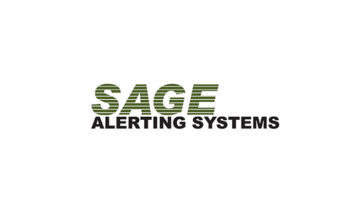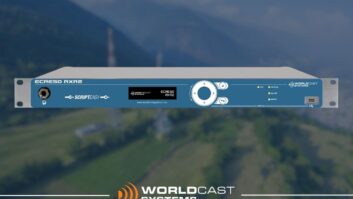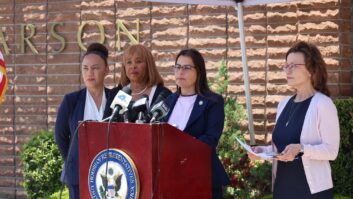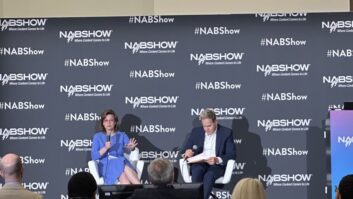The National Association of Broadcasters and National Public Radio reiterated support for the power of FM radio to provide important life-saving information to users during times of crisis.
Submitted in conjunction with the Federal Communication Commission’s proceeding on improving wireless emergency alerts, on Jan. 13 the two groups urged the commission to work with wireless providers on activating radio chips already in cellphones. The commission announced a Notice of Proposed Rulemaking in November 2015 to propose changes that would strengthen the nation’s Wireless Emergency Alert service.
For example, one of those much-anticipated changes is an option to include embedded URLs in WEA messages to allow consumers to gather more detailed information. But the NAB and NPR caution that this proposal — and others that rely solely on broadband connectivity — could lead to traffic bottlenecks.
“Adding a URL that simply drives users to the Internet will only exacerbate the congestion of wireless networks that already plagues mobile communications and impedes public safety during times of crisis,” the two groups said in the comments.
Instead, NAB and NPR remind the commission of the benefits of free, over-the-air FM radio, and urge commissioners to support industry efforts toward increasing the number of mobile devices with activated FM chips.
“When activated, this built-in feature provides Americans with convenient access to the comprehensive, ongoing news and information that local radio stations provide before, during and after an emergency, that consumers would welcome in the remaining universe of smartphones,” the filing said.
In addition to access to local radio news and entertainment, FM connectivity provides a failsafe emergency alert connectivity — a feature not necessarily guaranteed with broadband connectivity. “Consumers receive uninterrupted information about an ongoing emergency because radio always remains on-air, even when mobile networks fail,” the filing said.
In addition, FM radio in smartphones can help fulfill the commission’s goal of more effective alert message content, enhanced accuracy and completeness of AMBER Alerts, as well as improved access to emergency information for persons with disabilities, the filing said. “Radio in smartphones also benefits the public safety of Americans with limited English proficiency, by enabling mobile access to local in-language radio stations in their community.”
Several phone manufacturers already support the activation of FM chips in mobile devices, including T-Mobile, AT&T and Sprint. However, even though a majority of smartphones sold in the U.S. during the second quarter of 2015 were equipped with an FM tuner, the NAB said, FM reception was disabled by phone manufacturers and wireless carriers in 63% of these devices.
The issue has received public support from FCC Commissioner Jessica Rosenworcel, who in November called for strengthening the nation’s security by encouraging industry efforts toward the activation of FM chips in smartphones. “There are market developments right now that are making these chips more available and we should encourage these industry discussions to continue,” she said at the commission’s November Open Meeting.
The NAB said that the Federal Emergency Management Agency has also endorsed FM radio as a critical public safety feature of smartphones.
A slew of comments were submitted to the FCC on Jan. 13, the deadline for submitting initial comments, from the likes of AT&T, T-Mobile, the CTIA wireless association and the National Public Safety Telecommunications Council.
The window for submitting reply comments is open through Feb. 12, 2016. That submission page can be found here, the Proceeding Number is 15-91.







